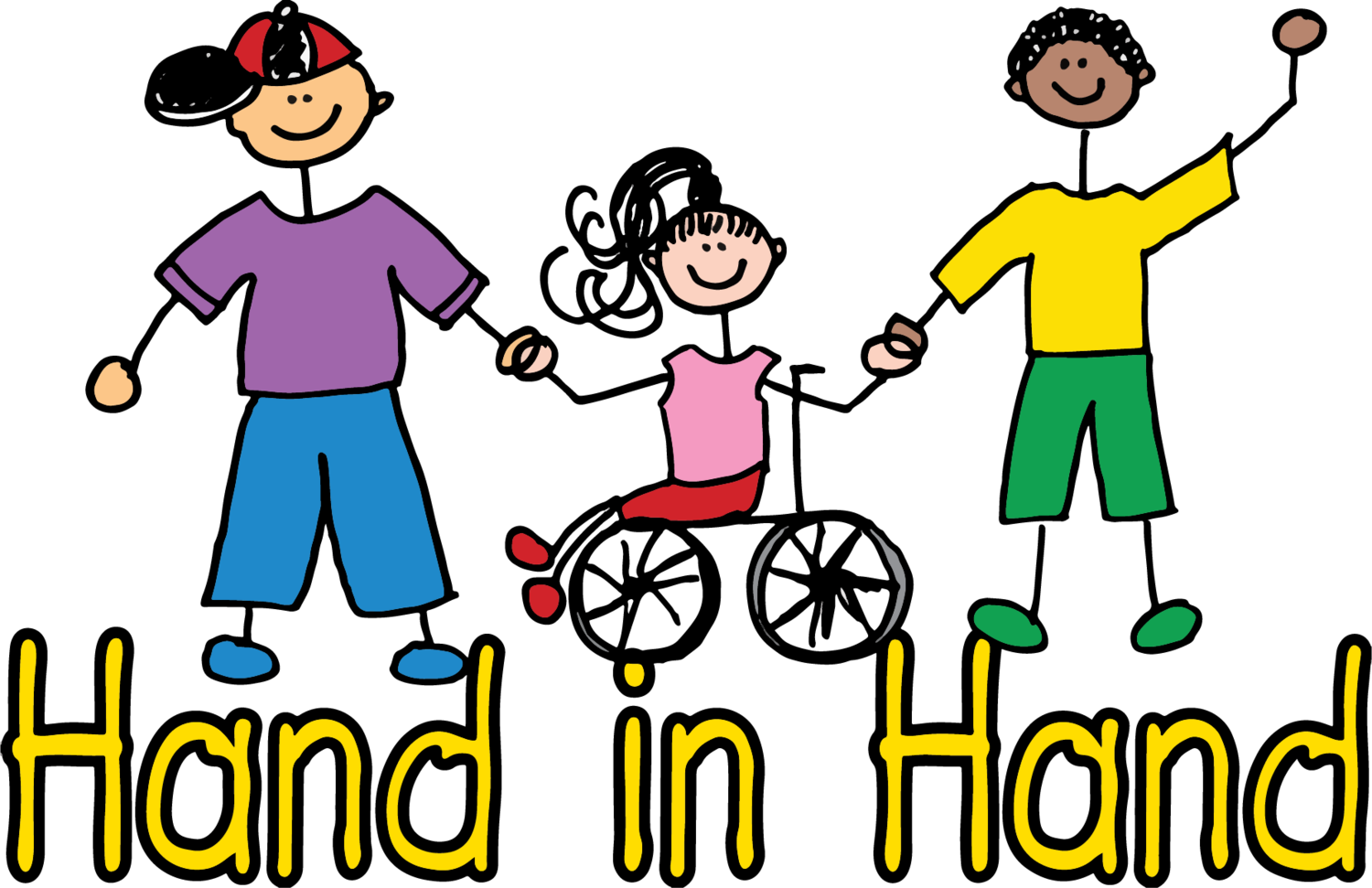COVID-19 Chronicles: Shawn’s Story
Several months ago, we had the opportunity to sit down with a few Hand in Hand parents and interview them. We wanted to share how the COVID-19 pandemic had affected them and their children and acknowledge the negative outcomes as well as some silver lining moments of living in such a time as this.
These video interviews provide a record of collective experiences, ones many of us will relate to, as well as challenges unique to each speaker. Their stories share the very real effect of COVID-19-related changes on children and their families and communicate powerful lessons about how the unprecedented social isolation, school closures and uncertainty that has accompanied this historical time has impacted the lives of individuals who have a disability as well as their peers and siblings.
They are also inspirational profiles of resiliency, adaptation, and mad multi-tasking skills.
***
Today I want to share Shawn’s story of navigating new environments, adjusting to ever-changing daily routines, and the creative ways she balanced her family’s work-school-home life while adding the role of teacher to her long list of super-mom responsibilities.
Shawn is like many moms I know for whom multi-tasking is a way of life. With a successful career, a spouse and two beautiful children, her busy life depends on organization, planning and establishing consistent routines for her kids. But what happens when those routines are no longer an option?
It has been almost a year since the onset of the COVID-19 pandemic canceled family vacations, suspended sports and extra-curricular activities and ended a school year in mid-March. I think for most families, the complete halt of the familiar school day routine and loss of learning opportunities for their children was the hardest adjustment to make. Children who thrived in classrooms with their peers and looked forward to their favorite school lunches were sleeping in and filling their days with screen time. And all of us wondered: “what is this new life and how long will it last?” When school districts decided to launch virtual learning with daily assignments and zoom meetings, parents scrambled to make this happen. Especially those who had jobs.
The options were many, but not ideal; a parent quits a job to be at home, one or more parents oversee academics while working remotely, children attend school-age care all day and rush home to complete required on-line assignments in the evening, a grandparent becomes both teacher and IT professional, an older sibling steps in to assist with daily learning in between his own assignments.
No matter what choice families made, there were struggles. Shawn shared that her days became a juggling act, balancing work responsibilities with what was best for her kids, Allie, 6 and Owen, 9. She reflected that while parents should support their children’s education, the requirement to be an educator is unprecedented and most parents are insecure in their ability to teach fundamental academics. Allie and Owen also struggled to learn outside of the confines of a school environment, which naturally provides a mental mindset for learning, Shawn noted. The kids didn’t understand the new rules of school/home life which had previously ensured, “when I am home, I’m home” and free to play with Barbies and Legos at leisure.
Shawn’s flexible work schedule allowed her time to devote to Owen and Allie’s schoolwork, and this was a silver lining for her as well as the bonus times when they were able to slow down and have fun together. In a time that seemed so chaotic, she discovered that this quality time was what is most important in life.
When schools opened with hybrid learning options in the fall, some programs, like Hand in Hand adapted to this need by offering support with virtual learning and providing full day care to accommodate hybrid schedules, but attendance was limited due to CDC recommendations for social distancing.
The search for alternative care for Allie and Owen during this time made Shawn even more aware of the need for structured, safe, affordable childcare for all children in our community. Especially for kids like Owen who have a diagnosis of ADHD and is most successful in a childcare setting that is less stimulating and adaptive to his additional sensory needs. Even when Shawn found that place at Hand in Hand, both of her children had to quickly adapt to a new environment, new people, new expectations, and a new daily routine to accommodate learning in and out of school. 6-year-old Allie expressed the confusion she felt each day, asking “Where do I go today? What am I going to do?”.
The more stories I hear about the real-life disruptions experienced by families and their children due to COVID-related school changes, the more I realize these students are truly the unsung heroes of this pandemic.
I am impressed with their examples of resilience and strength amid so much change and rejoice with them as schools begin to fully re-open and the fun parts of learning return. I think we can all agree that the world is a much better place when children can experience in-person interaction with friends, pizza day on the lunch menu and of course, recess!
